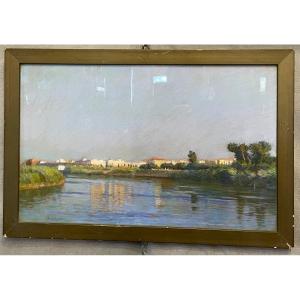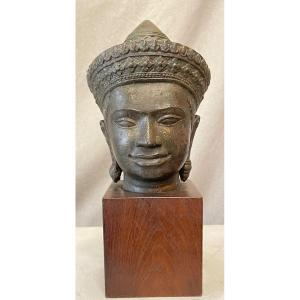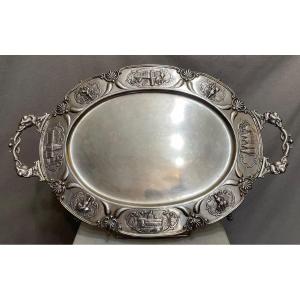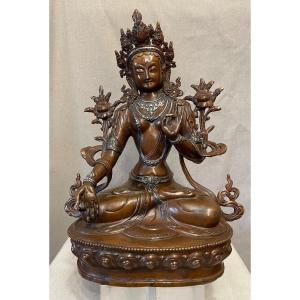"Pastel By Fausto Vagnetti 20th Century"
He was born in Anghiari, in Alta Val Tiberina, and he would remain linked to Anghiari all his life. Come to the light of what you see in the Mayor's Hall, inside the Pretorio d'Anghiari Palace. His son Luigi was an architect and academic. At the age of 17, in 1893, he moved to Rome where he was a student of Filippo Prosperi at the Institute of Fine Arts in via Ripetta. Take all the information and then after study in Piazzale Ponte Milvio, in an old building which was also the restaurant post office and horse exchange. He came into contact with artists, later Duilio Cambellotti and Mario Sironi and the art critic Piero Scarpa. Since 1908 he has taught architectural drawing and ornamentation at the Faculty of Engineering in Rome. From 1912, he held the chair of figure drawing at the Institute of Fine Arts in Rome; again in 1912, he was called to teach perspective and scenography at the Museum of Industrial Art in Rome. In 1913 he married Rosalia Pittaluga. From the marriage were born Luigi (Gigi), Corinna and Maddalena (Nenella). Of all the members of his family, it was Fausto Vagnetti who painted the portrait. During the war he worked as a technical designer at the Terni steelworks. Since 1920, the year this university faculty was founded, he has held the chair of model drawing at the Faculty of Architecture in Rome, which he held for thirty-five years. His perspective drawing manuals show all the attention he pays to the study of space and perspective, with precise research on voids and light. He died suddenly in Rome, in his office. Scholar in vision techniques, master in drawing, he paints mainly in oil and pastel. After an initial period, where he combined the experiences of Émile Claus and Georges Seurat, he practiced a personal divisionism, where finesse of touch and chromatic knowledge combine with a surprising capacity for representation.
Among his main works are monumental landscapes, such as Among the Oaks from 1915, Sunset on the Palatine from 1924, portraits of deep psychological finesse, such as that of Giovanni Giolitti, from 1928 - one of the rare existing representations of the 'statesman ; Gentle Soul, 1923; The engineer Dino Chiaraviglio from 1934; My Blind Mother from 1938 and large compositions of a family and social nature, such as Proletarian Riots from 1904, Ancient Pain from 1921 and Sosta Dolorosa from 1948.
In 1922, he created three large portraits of the sovereigns of Italy, for the Government Palace in Zadar, and in 1923 a Franciscan triptych in the church of San Polo in the municipality of Caprese Michelangelo 1923. Over the next fifteen years, he paid for his obvious aversion to the Regime by his exclusion from the artistic scene, where he only reappeared in 1945 and 1948 at the Rome Quadrennial.
In 2004, two posthumous anthological exhibitions, fifty years after his death, were inaugurated in Anghiari, his hometown, and in Rome, hosted by the Ministry of Environmental and Cultural Heritage, at the San Michele a Ripa Institute. the pastel on paper was made with the pointillist technique






































 Le Magazine de PROANTIC
Le Magazine de PROANTIC TRÉSORS Magazine
TRÉSORS Magazine Rivista Artiquariato
Rivista Artiquariato